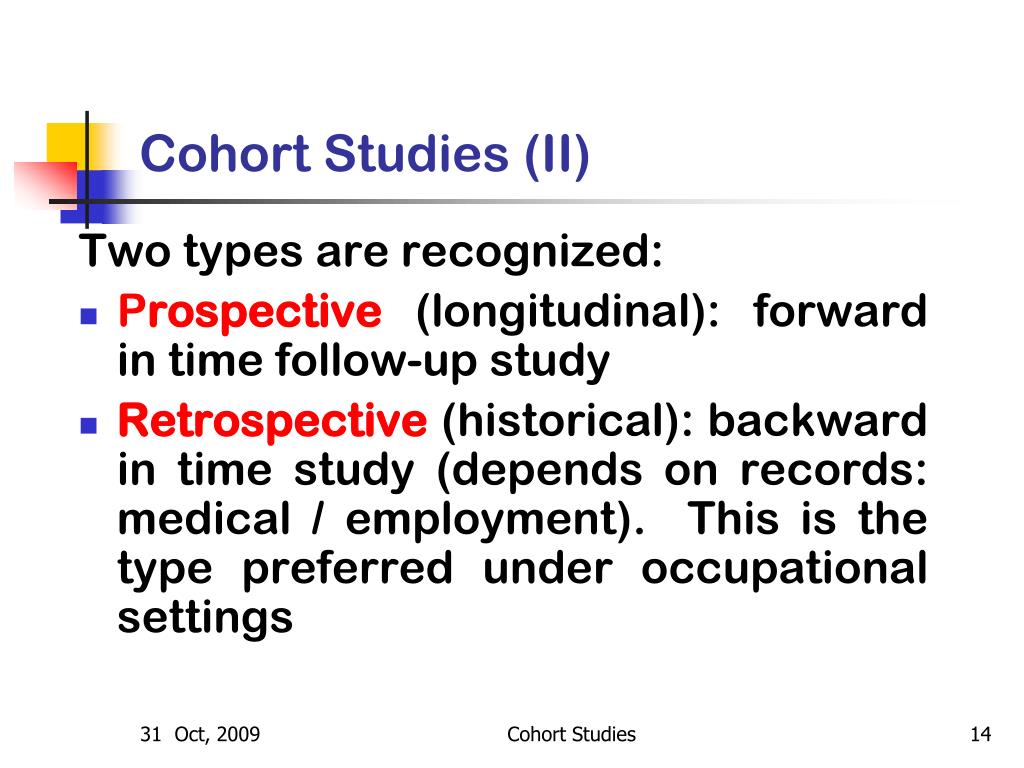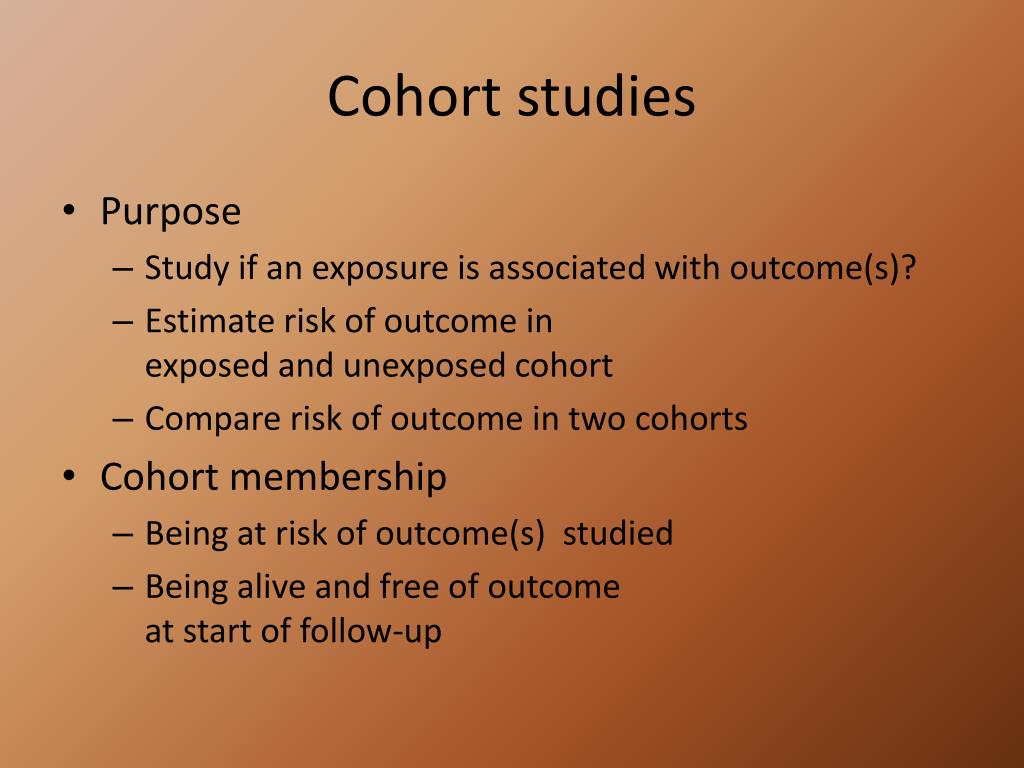
Relevant increases in retention were also associated with the offer of alternative locations and modes of data collection, repeat postal questionnaires, reminder letters and telephone calls. Financial incentives have been associated with an increase in retention proportional to the incentive value. Approaches to this issue necessarily vary according to international specificities in research regulations and contextual differences.Īvailable evidence from the past decades suggests that researchers should consider the use of multiple strategies to enhance retention. Retention of participants is a major concern and a well-known challenge. The success depends, not only on the initial adequate enrolment of participants, but also on their sustained response to subsequent data collection waves over time. Those requirements are indispensable to meet high scientific standards and to allow the appropriate translation of findings into clinical practice and policy actions. Ĭohorts are complex structures that require continued involvement of both cohort participants, and researchers, ongoing funding and supporting infrastructure to ensure continuous attention to timeliness, attrition and quality of collected information. The increased use of networks of multiple, long-term cohort studies has also the potential to capture the value and differential effect of policy and program interventions that operate within and outside the health sector on the health quality and health equity of populations. Over the years, these studies have importantly contributed to our understanding of disease trends, predisposing and protective influences, and susceptibility during life course transitions. Population-based cohort studies are a powerful research design to understand human life-course development and causal mechanisms. Cross-contextual and context-specific situational elements that have been influential factors towards participation and attrition in the cohorts were identified. The multi-situated approach used, addressing the interplay of the lived experience of individuals, was of most value to understand participation variability under different implemented strategies in-context. Main findings included: situational challenges affecting potential and range of possibilities for implementation strategies (geopolitical environment, societal changes, research funding models) situational elements related to particular strategies acting as deterrents (postal questionnaires) and facilitators (multiple flexible strategies, reminders, regular interaction) main motivations to enrol and participate (altruism/solidarity and gratitude/sense of duty to reciprocate) main motivational deterrents to participate to follow-up waves (lack of bonding, insufficient feedback) entanglement of clinical and research follow-up as facilitator and deterrent. Cross-contextual and context-specific situational elements involved in participation and attrition phenomena in these child cohorts were identified at various levels and stages. A triangulation of phenomenological thematic analysis with discourse analysis was applied. A purposive sample of 48 key actors ( n = 13 in Denmark n = 13 in Italy n = 22 in Portugal) was collected. parents, staff, healthcare professionals, researchers) and a collaborative visual methodology. It included focus groups and individual semi-driven interviewing with involved key actors (i.e.

This study used a triangulation of multi-situated methods to collect data on cohort studies of children born with less than 32 weeks of gestation in Denmark, Italy and Portugal. The study aimed to achieve an in-depth understanding of participant retention in longitudinal cohorts focusing on participants’ and researcher’s perspectives, across three diverse socio-geographic and cultural settings.

A better understanding of all elements involved in participation and attrition phenomena in particular settings is needed to develop effective retention strategies. Retention of participants in cohort studies is a major challenge.


 0 kommentar(er)
0 kommentar(er)
